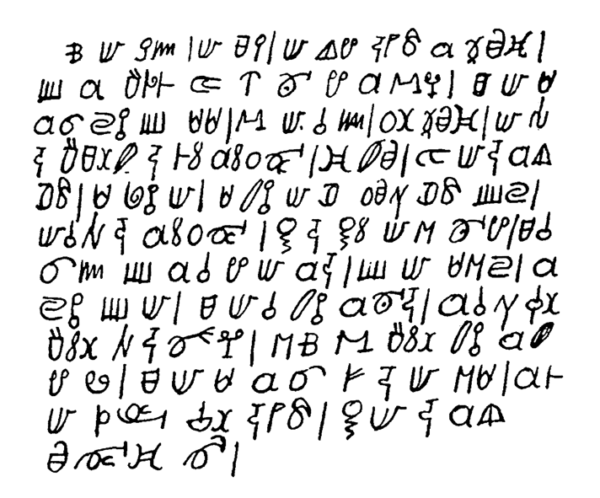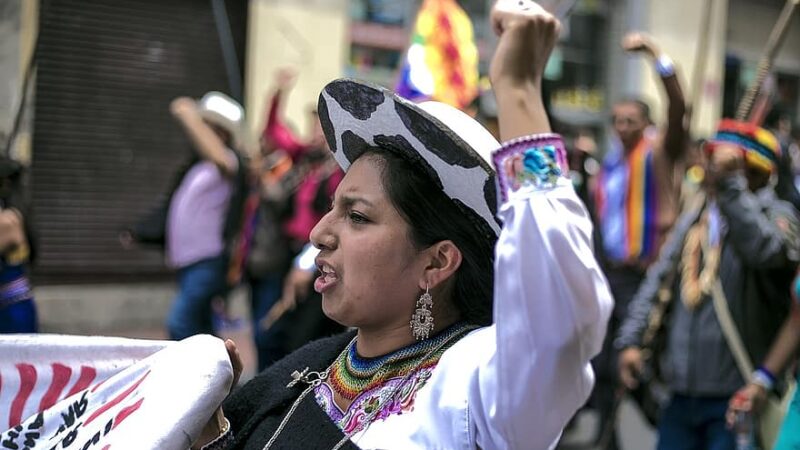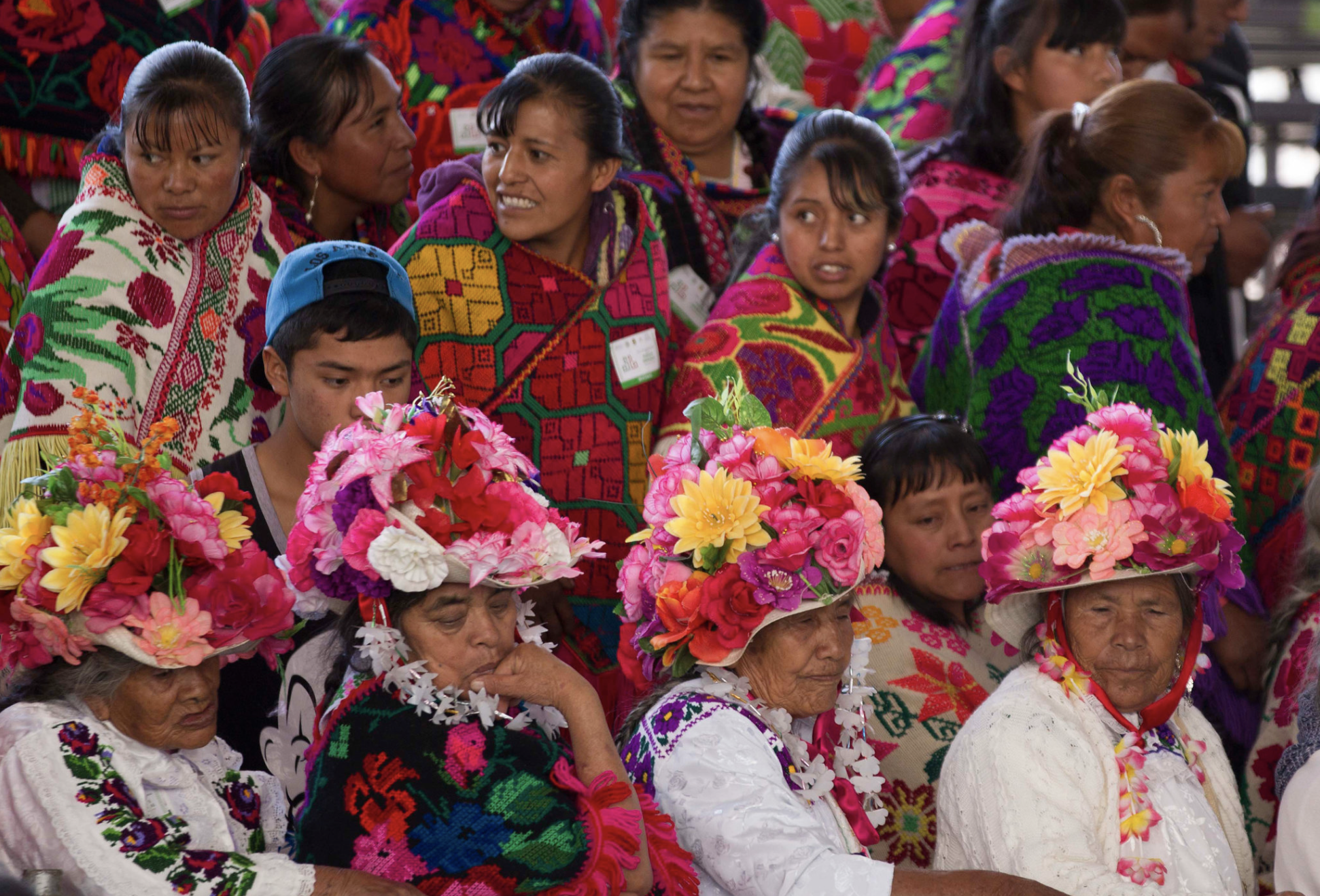It’s Time to Rediscover the Richness of Creole Languages
It’s Time to Rediscover the Richness of Creole Languages
Ignored by linguists for a long time, creole languages arose from a painful colonial history. But it’s time to rediscover their richness.
The way languages mix with each other is very fascinating. Every time two human groups interact for some time, they just start picking words and expressions from one another, and end up mixing their languages.
This also happens when exchanges are not – at all – mutually benefitting, as in the case of the European colonization from the XVI to the XX century. Europe’s imposed presence around the world is what gave rise to the development of most creole languages. These are, quite simply, languages which have developed from the mixture of other two.
A way to communicate
Once the colonization of a land was carried out, colonizers and local populations “had” to find a way to communicate without understanding a word of the respective languages. The swiftest way to do that was to create a pidgin, a language with a simplified vocabulary and grammatical structure. Many of these pidgins then evolved in creole languages, especially in the settlement colonies, where the contact between the populations was more intense than in the commercial ones.
Due to the position of relatively weak political power of their speakers, creole languages have been looked down upon for centuries by linguists, who considered them as ‘primitive’ variants of their so-called ‘parent languages’. For this reason, many of them stopped being used and disappeared.
However, contrary to this misconception, creole languages have nothing less than any other natural language. They have the same depth, breadth and richness of communication and are spoken as a first language by people.
Their lexicon largely stems from the parent languages, particularly the one of the more powerful social group.
The exact number of creole languages is today unknown, but there are many around the world. Most of them are based on English or French, but others are based on Arabic, Chinese, Malay, Portuguese and Spanish. The most widely spoken one is the Haitian French-based creole, with an estimated number of 10 millions of speakers [1]. Other creole languages are spoken, for instance, in Guadalupe and Martinique, Indonesia, Sierra Leone, Central African Republic and Jamaica.
And although they arose from a dramatic history, as any language they have a unique beauty.
______________________________
Join us or come take a look!
Kolimi is a platform connecting multilingual professionals and the people who need them, in any field of work.
Join us to find new opportunities, or follow us on Facebook, Twitter, YouTube or LinkedIn to discover new things about languages!
______________________________







